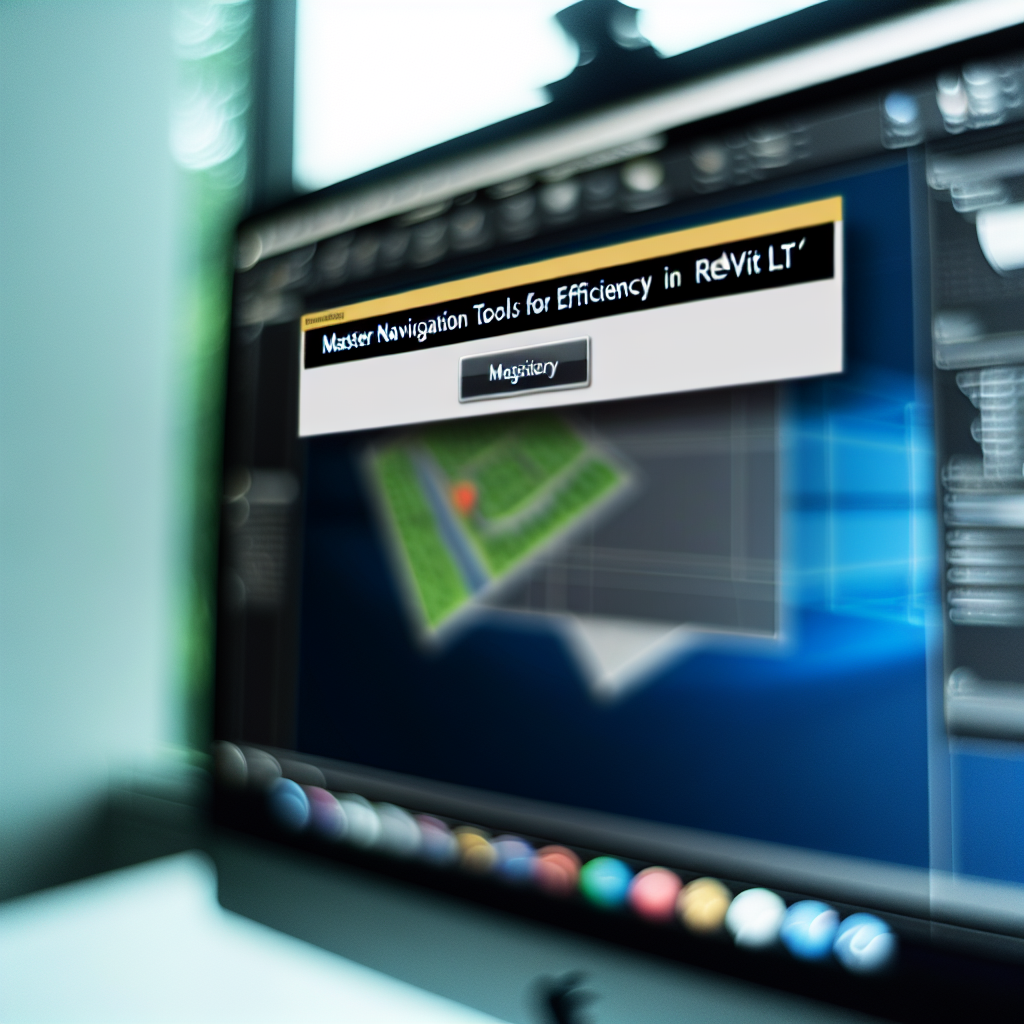Mastering navigation in Revit LT is essential for efficiently creating and managing building models. A strong understanding of navigation tools enhances productivity and streamlines workflow, especially when working on complex projects. In this article, we will explore key navigation skills in Revit LT, helping you navigate the software with confidence and ease.
Understanding Basic Navigation Tools in Revit LT
Effective navigation begins with familiarizing yourself with the core tools provided by Revit LT. These include pan, zoom, orbit, and view navigation. Each tool serves a specific purpose that helps you explore your model seamlessly. For instance, the pan tool allows you to move across the view without changing zoom level, which is crucial when inspecting detailed areas of your design.
Another vital feature is the zoom function, which can be accessed via the mouse scroll wheel, navigation bar, or keyboard shortcuts. Zooming enables you to focus on specific elements or get an overview of your entire model. Orbit is particularly useful when working in 3D views, as it allows you to rotate around your model, giving you a comprehensive perspective of your design.
In addition to these, Revit LT provides view navigation controls such as View Cube and Navigation Bar. The View Cube helps you easily switch between standard views (top, front, side), while the Navigation Bar offers quick access to the view cube, steering wheel, and other tools that enhance navigation efficiency.
Enhancing Workflow Through Shortcut Keys and View Management
Moving beyond basic tools, mastering shortcut keys is pivotal for accelerating your navigation process. Revit LT allows customization of shortcuts to access functions like zoom window, fit to screen, and view switching rapidly. For example, pressing
Effective view management also involves creating and toggling between 3D views, section cuts, and detail views. Using View Templates and view filters, you can organize and switch views swiftly, making navigation more intuitive. Additionally, utilizing features like Right-Click Navigation options enables quick access to the most used views and navigation commands, reducing time spent scrolling or manually adjusting your view.
Finally, leveraging navigation aids like the Steering Wheel provides advanced control over view orientation, including orbit, look around, and walk mode. These tools combine to create a smooth, efficient workflow, especially in large or complex projects where quick orientation is crucial for accuracy and productivity.
Mastering navigation in Revit LT is fundamental for efficient modeling and project management. By understanding core navigation tools and optimizing view management through shortcuts and advanced aids, users can dramatically improve their workflow. These skills enable you to navigate confidently within your models, ultimately leading to better design outcomes and increased productivity.
